Name Helen Montgomery | ||
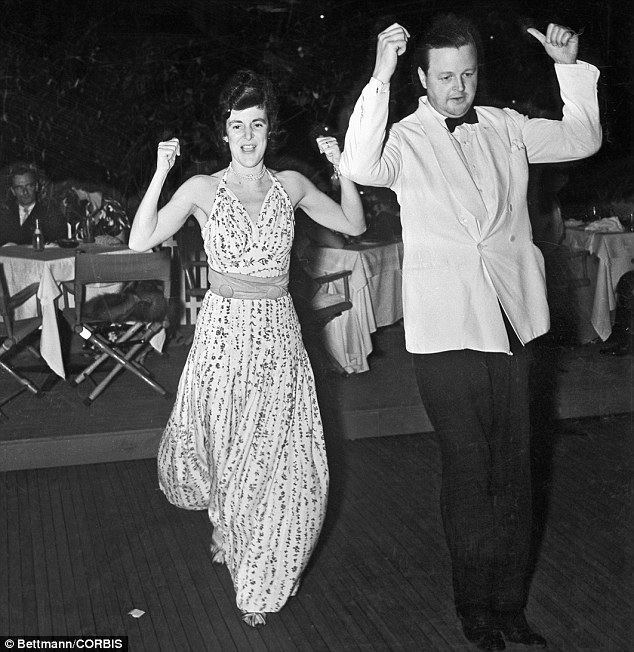 | ||
Died January 9, 1995, Villanova, Pennsylvania, United States | ||
Helen Hope Montgomery Scott (1904 – January 9, 1995) was a socialite and philanthropist whom Vanity Fair once called "the unofficial queen of Philadelphia's WASP oligarchy." She is most famous as the inspiration for Tracy Lord, the main character in the Philip Barry play The Philadelphia Story, which was made into the film of the same name as well as the musical-film High Society. Mrs. Scott was a longtime chairman and executive director of the Devon Horse Show and sponsored other events to raise money for the Bryn Mawr Hospital, her favorite charity. She was considered the epitome of Main Line high society and symbol of an aristocratic, free-spirited elegance.
Contents
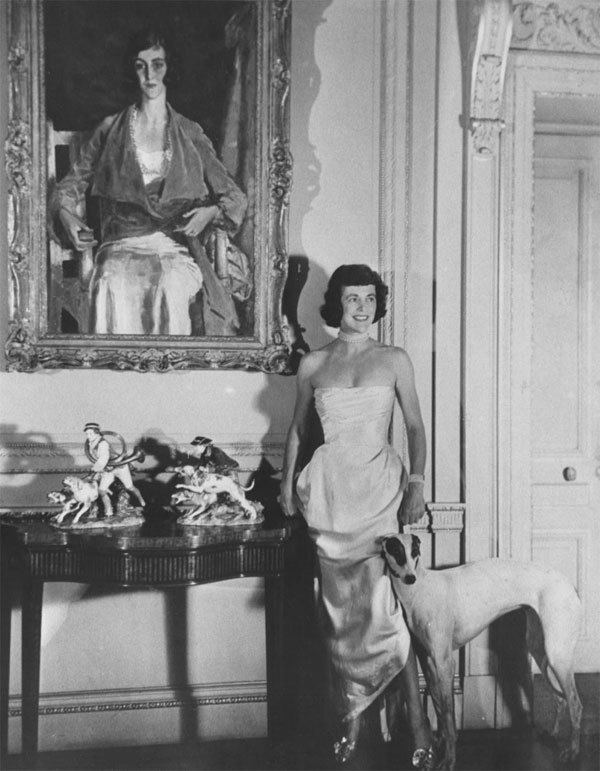
Hope Scott was one of the four children of Colonel Robert Leaming Montgomery, who founded the investment firm known today as Janney Montgomery Scott. Her mother was Charlotte Hope Binney Tyler Montgomery, whose family had made its fortune in banking. In 1923, Helen Hope Montgomery married Edgar Scott, an investment banker and heir to a railroad fortune. After her marriage, Mrs. Scott began to appear regularly on the New York Couture Group's annual list of best-dressed women. Her beauty and slim, angular figure (size eight throughout her life) was much admired, inspiring artists such as Cecil Beaton and Augustus John. Mrs. Scott became famous for hosting lavish parties at Ardrossan, the Montgomerys' 750-acre (3.0 km2) estate in Radnor, Pennsylvania, where she entertained notables of society, government, and the arts, including W. Averell Harriman, Cole Porter, and Katharine Hepburn. Her son, Robert Montgomery Scott, was also a philanthropist, and after a long legal career served as president of the Academy of Music and, even more visibly, the Philadelphia Museum of Art.
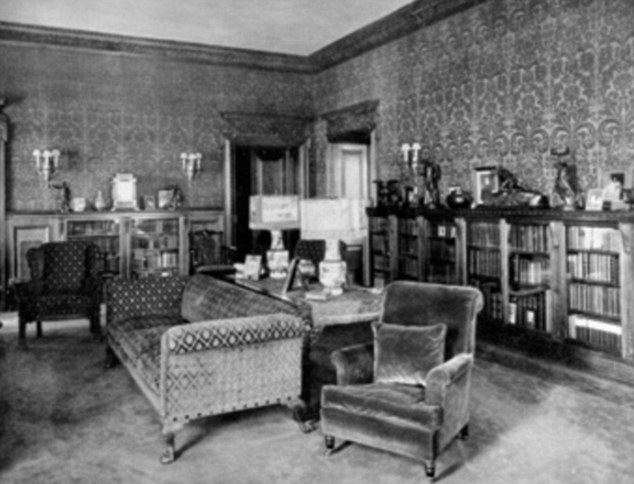
Early life and social environment
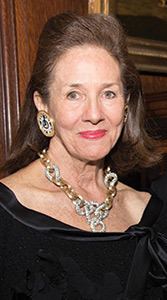
Helen Hope Montgomery was initially educated by a governess, later spending a short period at Foxcroft School, a girl's boarding school in Virginia. She had begun riding at the age of four, and horsemanship was a major interest of hers throughout her lifetime. She was officially introduced to society as a debutante at Philadelphia's Assembly Ball in 1922. One of the oldest and most exclusive social gatherings in the United States, it has been held every year since 1748 and was historically reserved for members of the city's Social Register.
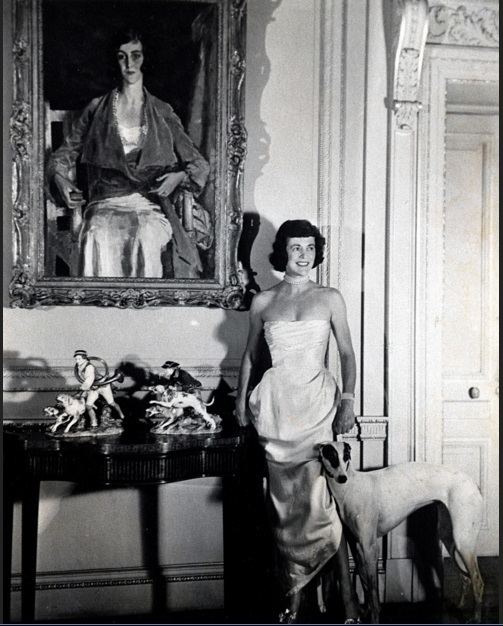
Philadelphia was America's leading city in the 18th century and became an industrial and commercial powerhouse by the 19th century. Its upper class at that time embraced a form of the class-consciousness described by Edith Wharton in such novels as The Age of Innocence, and the term WASP (White Anglo-Saxon Protestant) is said to have been coined to describe its members. Philadelphia society, more traditional than that of New York City or San Francisco, consciously copied the manners and pursuits of the English aristocracy with private gentlemen's clubs, leisure pursuits such as fox hunting and rowing, and the annual debutante ball, held in the ballroom of the Bellevue-Stratford Hotel.
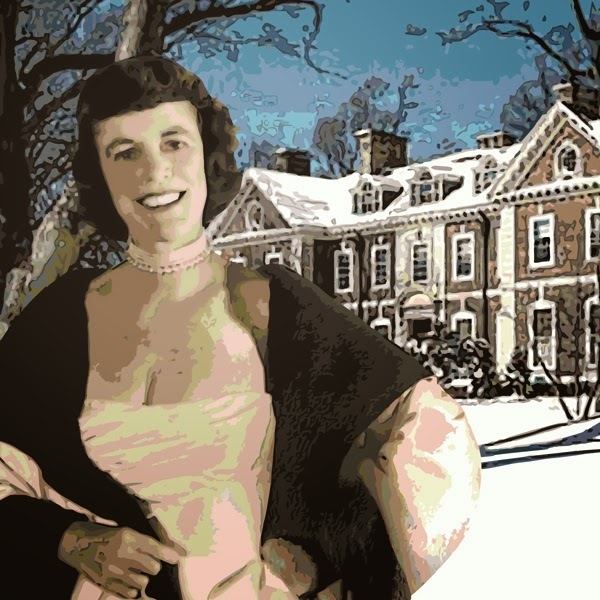
As the beautiful daughter of an "old money" Philadelphia family, Helen Hope Montgomery received four marriage proposals the evening of her society debut, but did not accept any of them. The following year she met 24-year-old Edgar Scott, a grandson of Pennsylvania Railroad president Thomas A. Scott, at a Main Line dinner party. They dated only a dozen times before deciding to marry, but her parents insisted they wait nine months more. Their marriage was described as the society wedding of the year, and covered in minute detail by the press. The newlyweds moved into Orchard Lodge, a circa 1720 fieldstone house given to Mrs. Scott by her father as a wedding present, which is on the Ardrossan estate in Radnor Township.
Ardrossan

The Pennsylvania Railroad, at one time the largest publicly traded corporation in the world, was the source of many great Philadelphia fortunes. The railroad's main trunk line to Harrisburg, developed in the 1840s, ran west from the city through farming country. In addition to acquiring right-of-way for its rail lines, the railroad also purchased farmland for suburban development and marketed properties as vacation homes, allowing Philadelphia's wealthy urbanites to escape the city's notoriously humid summers. These suburbs, known collectively as "The Main Line," developed rapidly. Wealthy Philadelphians purchased nearby farms and, hiring leading architects such as Horace Trumbauer and Frank Furness to design mansions, created a facsimile of aristocratic English country life.
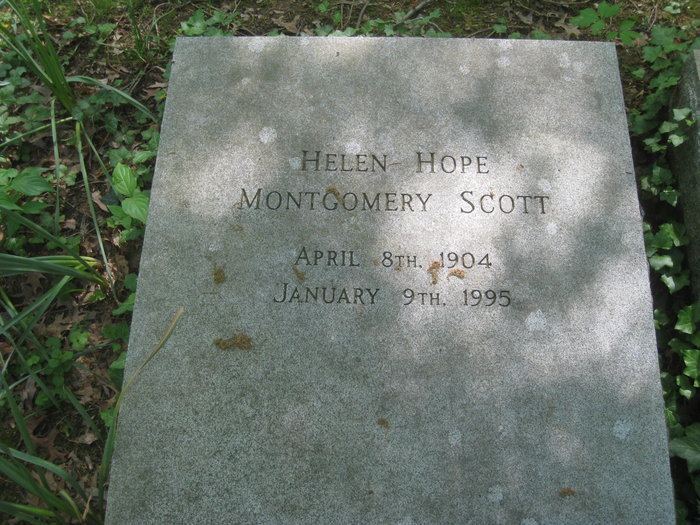
The Montgomery family had originated in Ardrossan, a Scottish town in Ayrshire. Colonel Montgomery was born into modest circumstances in Darby, Pennsylvania, and was determined to achieve social prominence. Upon becoming wealthy (as a result of his firm's handling the incorporation of the Baldwin Locomotive Works), he acquired several adjacent farms on the Main Line and developed them in 1909, naming the property Ardrossan. "The big house," the forty-five-room Georgian mansion that was to become an icon of the old Main Line, was completed in 1911 from a design by Trumbauer. The interior design was handled by White, Allom & Company, whose clientele included English royalty. The manor house features forty-five rooms, 13-foot (4.0 m)-high ceilings, and a dining room with accommodations for thirty. Among the family portraits that decorate the walls are some painted by Gilbert Stuart and Thomas Sully, along with a famed portrait of Hope Montgomery Scott by Augustus John. The piano in the ballroom was a gift to Colonel Montgomery's middle daughter, Mary Binney Montgomery Wheeler, from Leopold Stokowski, who unsuccessfully proposed marriage to her twice. In its heyday, a full-time staff of twelve managed the estate's housekeeping. In addition to the manor house, the estate was home to thirty-eight other structures, including a number of homes historically significant in their own right. One structure dates to 1689; another was built in 1742. Until the death of Mrs. Scott, Ardrossan was a working farm, featuring a prize-winning herd of Ayrshire dairy cows.
The Philadelphia Story
Mrs. Scott became a noted figure in the international social scene of the 1920s and 1930s. She danced the Charleston with Josephine Baker in Paris and the foxtrot with the Duke of Windsor at El Morocco. Confident and high-spirited, she is said to have convinced Edward VIII to stand on his head and reveal what was beneath his kilt (long johns), and claimed to have had to fight off the advances of a lecherous Augustus John. On one occasion she seated her dog as a guest at a formal dinner party. Her insouciance was to make her indirectly responsible for James Stewart's only Oscar, Katharine Hepburn's development into a major film star and, it is said, the popularity of "Tracy" as a girl's first name.
Edgar Scott had been a classmate of future New York playwright Philip Barry while at Harvard, and the Scotts were lifelong friends of Barry and his wife, Ellen. The idle rich were a source of inspiration to Barry, who had also become interested in the then-new phenomenon of the tabloid newspaper. Tabloids, then as now notorious for gossip and scandal, were anathema to conservative, high-society families, and while on a visit to St. Paul, Minnesota, Barry had heard of a local criminal enterprise in which prominent wealthy families were blackmailed with threats of exposing family scandals. His wife Ellen had also suggested basing a play on Philadelphia's social elite. The result was The Philadelphia Story, a comedy of manners about a tabloid's invasion of a society girl's second wedding, which appeared on Broadway in 1939 starring Katharine Hepburn. The motion picture rights were purchased by Hepburn's then-boyfriend, Howard Hughes, and her reprise of the role in the Metro-Goldwyn-Mayer feature film is said to have jump-started her stalled movie career. A later remake of the film, High Society, starred Grace Kelly. Ironically, Kelly was also the daughter of a wealthy Philadelphia family but as an Irish-American Roman Catholic was barred from the debutante ball.
Later life
Upon her father's death in 1949, Mrs. Scott undertook the management of the Ardrossan estate, modernizing farming facilities and becoming hostess of "the great house" while her brother and one of her sisters continued to live on the estate.
Mrs. Scott won many awards for horsemanship during her lifetime. With her husband she participated in fox hunting events and horse shows. A principal organizer of the Devon Horse Show after the Second World War, Mrs Scott was elected chairman and executive director of the annual event, which raises money to support the Bryn Mawr Hospital. She also served as a director of the United States Equestrian Team and of the American Horse Show Association. She continued to be socially active until her death in early 1995 at age 90. Her husband Edgar survived her for four months, passing away on May 26, 1995. She was also survived by her two sons, Edgar Jr. and Robert, and several grandchildren.
To the stranger or the new acquaintance, Hope Scott was a warm and welcoming lady. She loved to talk about her cows or wonder out loud if the Ardrossan foxes were breeding to good effect. She would boil her own water for tea, then converse with a guest on any subject with enthusiasm, sound knowledge, ample authority, and good humor.
